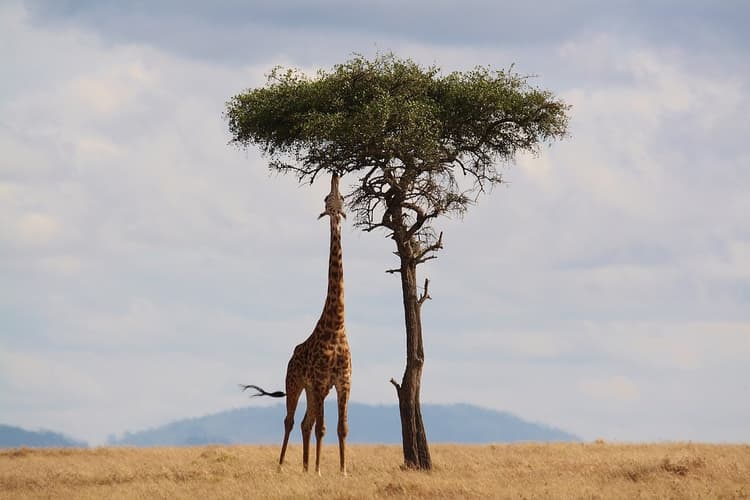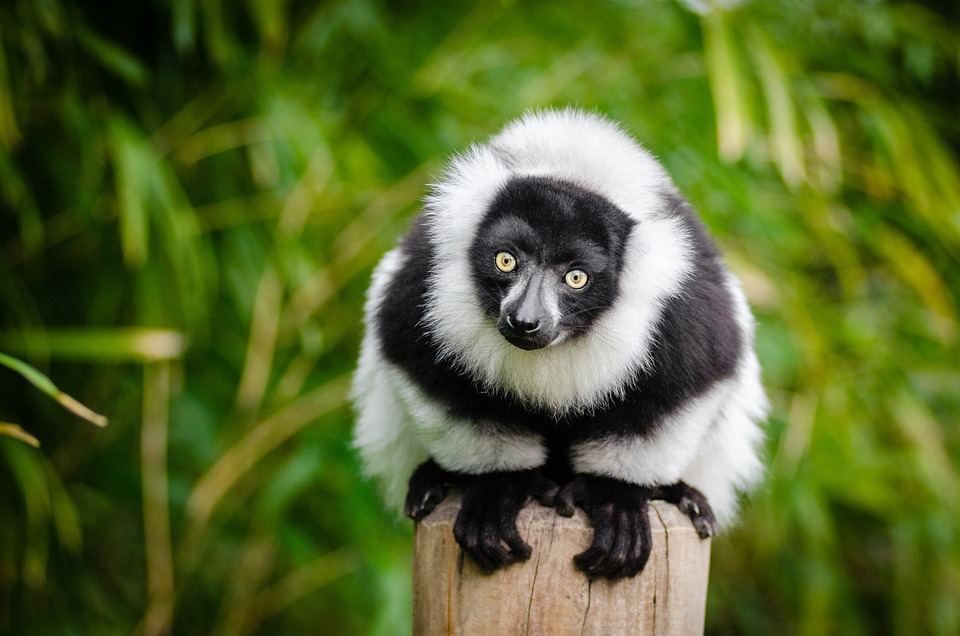Adaptations
Kate Anderson
6 min read
Listen to this study note
Study Guide Overview
This study guide covers adaptation and evolution for AP Environmental Science. It explains survival of the fittest, types of adaptation (genetic, behavioral, physiological), and provides examples. It then discusses evolution as driven by ecosystem changes and genetic diversity. Finally, it details reproductive isolation, including allopatric and sympatric speciation, and offers practice questions and exam tips.
#AP Environmental Science: Adaptation & Evolution - Your Survival Guide 🚀
Hey there, future AP Environmental Science master! Let's break down adaptation and evolution, making sure you're totally prepped for anything the exam throws your way. Think of this as your last-minute cheat sheet, designed to make everything click. Let's get started!
#1. Adapting to Survive: It's All About the Genes 💪
#The Core Idea
-
Survival of the Fittest: It's not about being the strongest, but about having the genes that best match your environment. If you've got the right traits, you're more likely to thrive and pass those genes on. Think of it like having the perfect tool for the job!

Caption: A giraffe's long neck is a classic example of adaptation, allowing it to reach food sources unavailable to other animals.
-
Adaptation: This is the process where species change over time to better fit their environment. These changes can be:
- Genetic: Changes in DNA passed down through generations.
- Behavioral: Changes in actions or habits.
- Physiological: Changes in body functions.
Adaptation is driven by environmental pressures. These pressures can include climate change, competition, and predators. 💡
#Examples of Adaptation
- Arctic Animals: Thicker fur for insulation against the cold.
- Birds: Longer beaks to reach nectar in deep flowers.
- Camouflage: Animals blending into their surroundings to avoid predators.
Think of adaptation as nature’s way of customizing species to their environments. It’s like upgrading your character in a video game to beat the next level! 🎮
#2. Evolution: The Inevitable Change 🔄
#Why Evolution Happens
- Ecosystems Change: Environments are always shifting. To survive, populations must keep up with these changes.
- Consequences of Not Adapting: If a population doesn’t evolve, it faces higher death rates and the risk of extinction. It's adapt or die!
- Genetic Diversity: Populations with diverse genes are more resilient to disasters. Evolution allows more individuals to acquire optimal genes through reproduction.
Evolution is a cornerstone concept in AP Environmental Science, often linked to biodiversity, population dynamics, and conservation. Make sure you understand it well! 💯
#3. Reproductive Isolation: When Populations Go Their Separate Ways 💔
#Divergence
- Environmental Changes: When environments change, populations can diverge. One group might adapt one way, while another adapts differently.
#What is Reproductive Isolation?
- Definition: This is when two populations can no longer interbreed. They become separate species.
#Types of Speciation
- Allopatric Speciation: A physical barrier (like a road or mountain) prevents two populations from breeding. Think of it as a forced separation.
- Sympatric Speciation: Populations in the same area stop reproducing. This can be due to:
- Different breeding times (early birds vs. night owls).
- Different breeding seasons.
- Other reproductive incompatibilities.
Don't mix up allopatric and sympatric speciation. Allopatric = physical barrier; sympatric = same area, different reasons for isolation. ⚠️

*Caption: Lemurs, like many species, have diversified into different forms due to reproductive isolation and adaptation to various niches.*
Allopatric speciation is easier to visualize (physical barrier), while sympatric speciation is more about behavioral or temporal differences. 🧠
#Final Exam Focus 🎯
#High-Priority Topics
- Adaptation Mechanisms: How species adapt to specific environmental changes.
- Evolutionary Drivers: Factors that cause populations to evolve.
- Speciation: Allopatric vs. Sympatric. Understand the differences and examples.
#Common Question Types
- Multiple Choice: Expect questions on identifying examples of adaptation and speciation.
- Free Response: Be ready to discuss how environmental changes drive evolution and reproductive isolation.
#Last-Minute Tips
- Time Management: Don't spend too long on one question. Move on and come back if needed.
- Common Pitfalls: Avoid vague answers. Be specific with examples and scientific terms.
- Strategies: Read the questions carefully. Underline key words and plan your answers before writing.
Practice explaining concepts out loud. This helps solidify your understanding and identify areas where you need more review. 🗣️
#Practice Questions
Practice Question
#Multiple Choice Questions
-
Which of the following best describes allopatric speciation? (A) Speciation occurring in the same geographic area. (B) Speciation resulting from reproductive isolation due to different mating behaviors. (C) Speciation occurring due to a physical barrier separating populations. (D) Speciation due to genetic mutations within a single population.
-
A population of birds develops longer beaks over several generations in response to a change in the primary food source. This is an example of: (A) Sympatric speciation. (B) Genetic drift. (C) Adaptation. (D) Extinction.
#Free Response Question
Scenario: A forest is bisected by a newly constructed highway, dividing a population of squirrels. Over time, the squirrels on either side of the highway begin to exhibit different traits.
(a) Identify and describe the type of speciation most likely to occur in this scenario. (2 points) (b) Explain TWO specific environmental pressures that could lead to different adaptations in the two squirrel populations. (4 points) (c) Describe ONE possible long-term consequence if the two squirrel populations become reproductively isolated. (2 points)
Scoring Rubric:
(a)
- (1 point) Allopatric speciation
- (1 point) Correctly describes allopatric speciation as speciation due to a physical barrier (highway) separating populations.
(b)
- (2 points) One point for each environmental pressure (e.g., different food sources, different predator types).
- (2 points) One point for each explanation of how the pressure leads to adaptation (e.g., different food sources leading to different beak sizes, different predators leading to different camouflage patterns).
(c)
- (2 points) One point for identifying a long-term consequence (e.g., formation of two separate species).
- (1 point) One point for describing the consequence (e.g., the two species can no longer interbreed).
Alright, you've got this! You're now equipped with the knowledge and strategies to tackle any questions on adaptation and evolution. Go ace that exam! 🎉
Continue your learning journey

How are we doing?
Give us your feedback and let us know how we can improve





